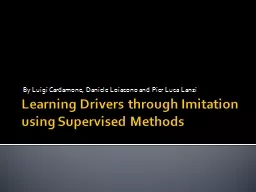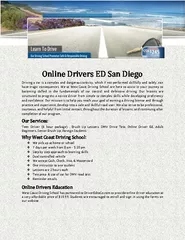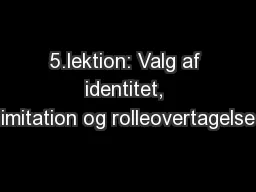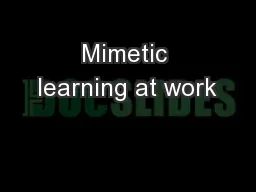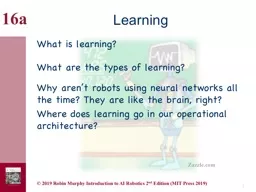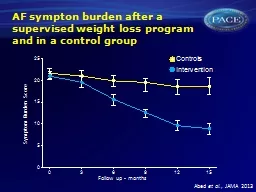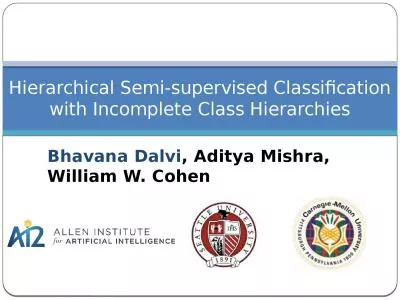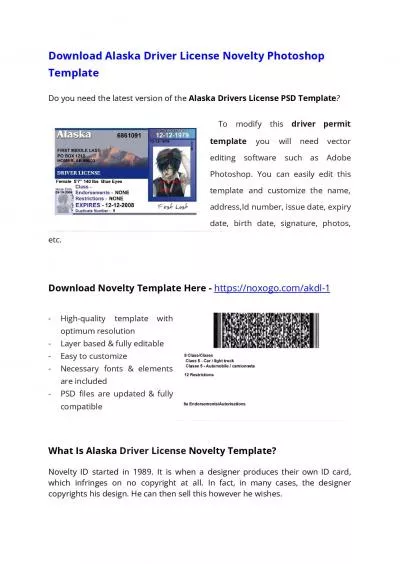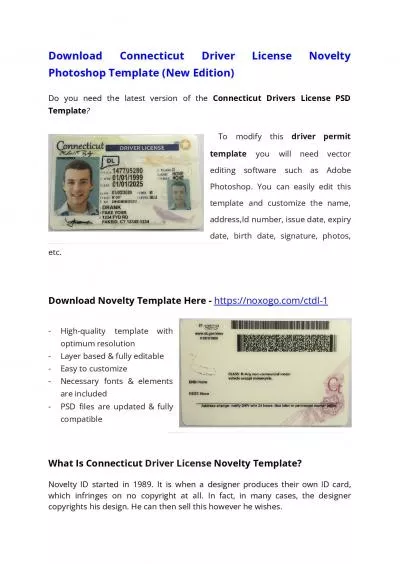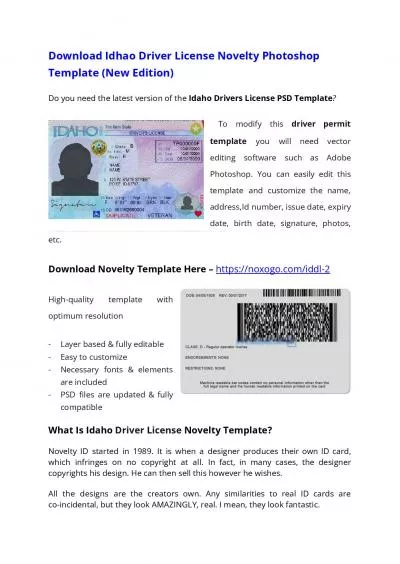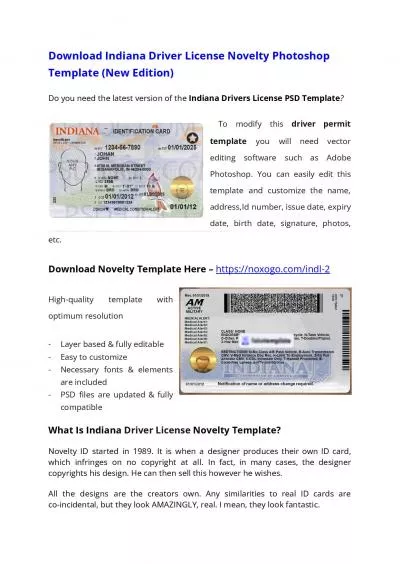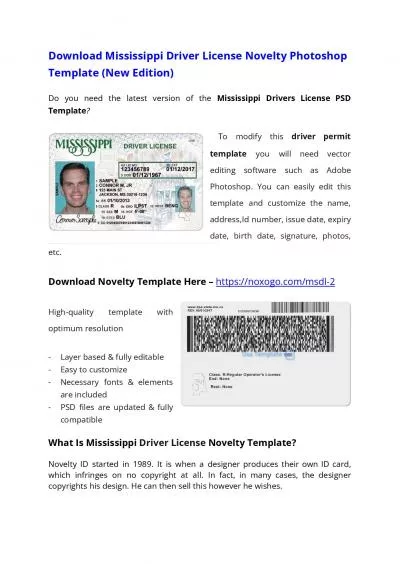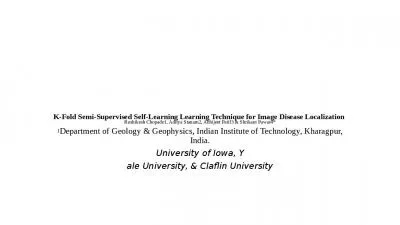PPT-Learning Drivers through Imitation using Supervised Methods
Author : marina-yarberry | Published Date : 2016-05-09
By Luigi Cardamone Daniele Loiacono and Pier Luca Lanzi The outline Introduction Related work Torcs Imitation learning What sensors What actions What learning
Presentation Embed Code
Download Presentation
Download Presentation The PPT/PDF document "Learning Drivers through Imitation using..." is the property of its rightful owner. Permission is granted to download and print the materials on this website for personal, non-commercial use only, and to display it on your personal computer provided you do not modify the materials and that you retain all copyright notices contained in the materials. By downloading content from our website, you accept the terms of this agreement.
Learning Drivers through Imitation using Supervised Methods: Transcript
Download Rules Of Document
"Learning Drivers through Imitation using Supervised Methods"The content belongs to its owner. You may download and print it for personal use, without modification, and keep all copyright notices. By downloading, you agree to these terms.
Related Documents

